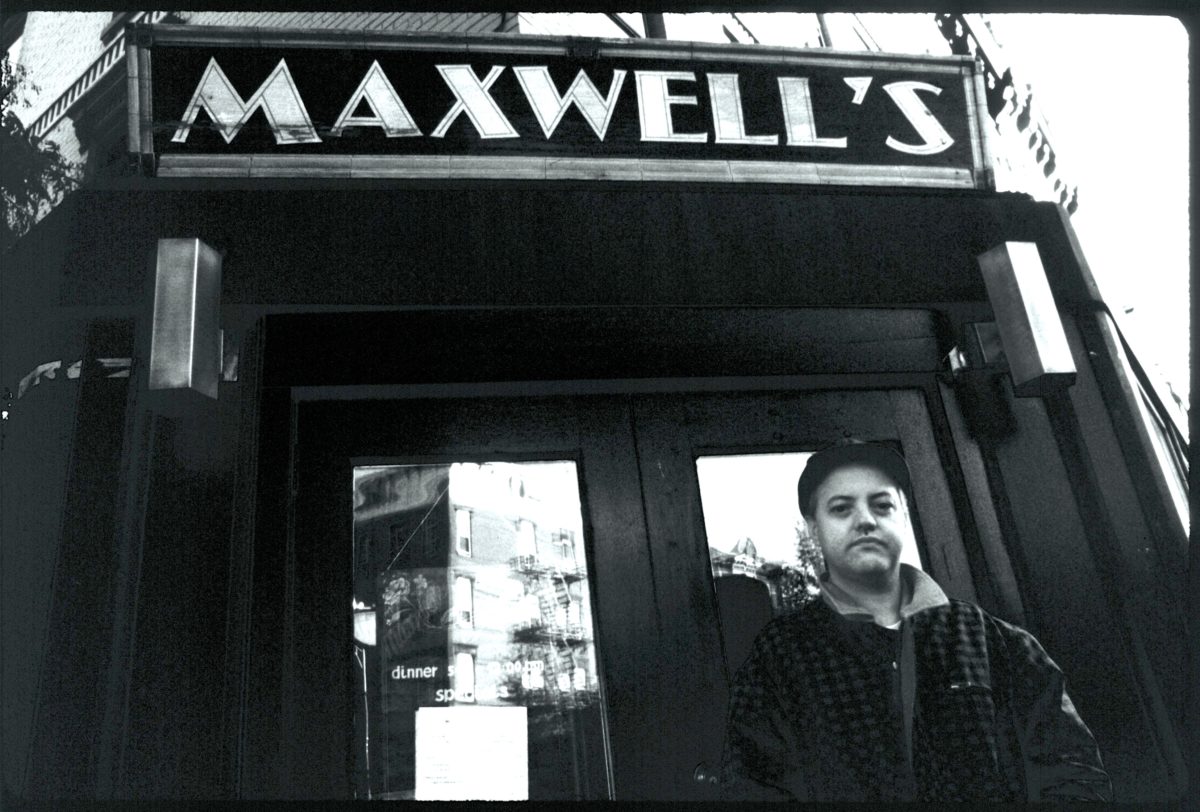
I moved into a derelict apartment in Hoboken, New Jersey in the early 90s, an escape hatch from the mundane suburbs. It was $275 a month for a dank basement room, but it didn’t matter—I could be in downtown Manhattan in a half hour. Back then, Hoboken was still accessible enough to allow artists and musicians and writers to inhabit the mini metropolis. Somehow I managed to score a bartending job at Maxwell’s, the famed independent music venue and pub founded by Steve Fallon in the late ‘70s. I basically walked in one afternoon asking if they were hiring and Steve told me to pour a draft beer and then hired me on the spot. I was a mostly directionless twenty two-year old, but I knew how to pour a beer.
You have reached your article limit
Sign up for a digital subscription and continue reading all new issues, plus our entire archives, for just $1.50/month.
Already a subscriber? Sign in




